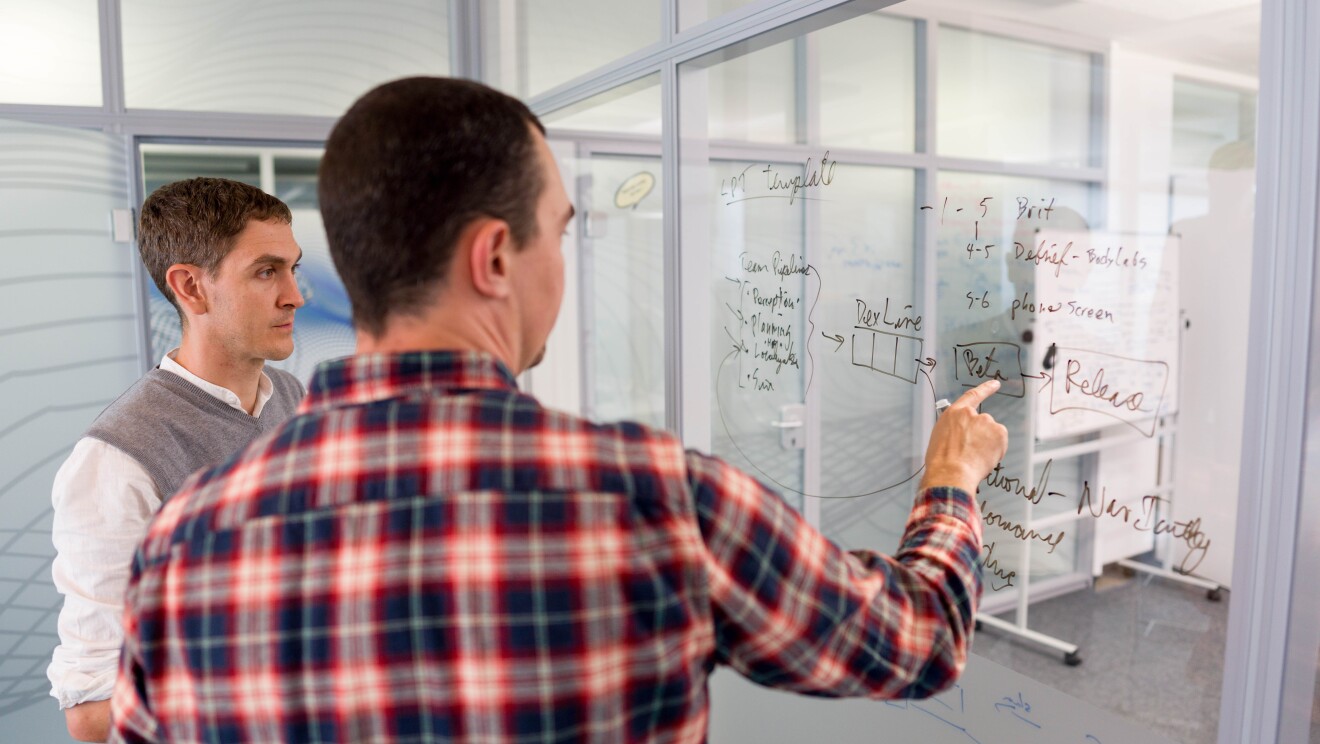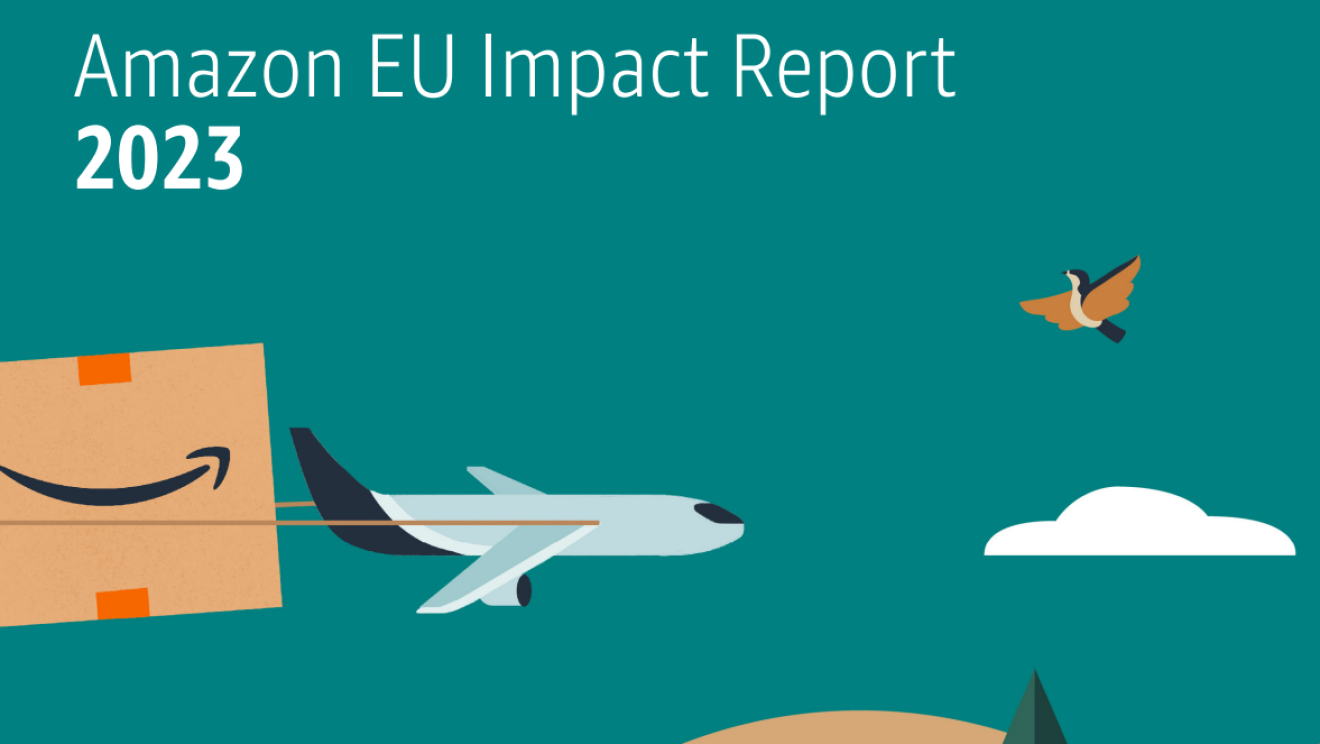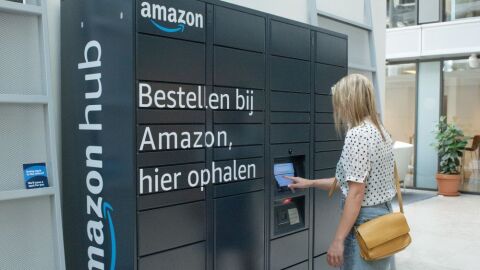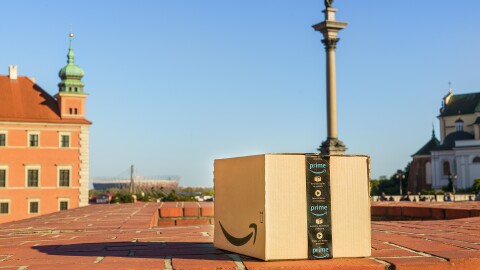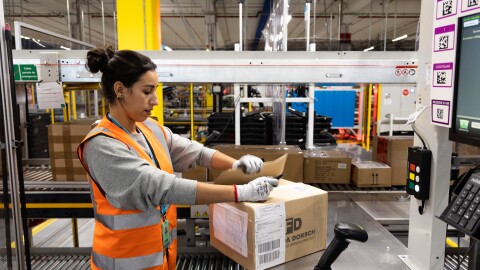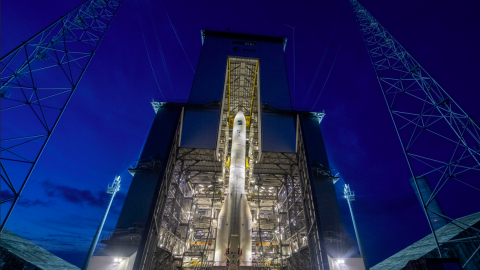We opened our first store in the European Union in 1998. Over the last 25 years, we’ve contributed to the growth of local communities and created jobs and economic opportunities in most of the EU Member States and in all kinds of locations, from isolated rural and neglected post-industrial areas to city centres or campuses. This is a brief overview of our role in bringing new potential to local communities and helping local businesses thrive within the European Single Market.
A committed long-term investor in the European Union
Amazon now employs more than 150,000 people in permanent roles across 21 EU Member States, including more than 35,000 people in professional functions and more than 10,000 people in specialist ICT (Information and Communication Technology) sector roles. We have corporate offices in around 50 European cities, including 11 cities in Germany, five cities in France, five cities in Italy and two cities in Spain. We’ve also invested in 15 research and development centres in nine Member States, and we operate more than 250 logistics centres across the EU.
We’re focused on providing our employees across the EU with the skills they’ll need for their future careers as well as for their current roles within Amazon. Within our Operations functions alone, we conducted more than 3.5 million hours of training for our employees in 2022, and thousands of Amazon employees have participated in Career Choice, a special education programme that enabled them to receive training for high-demand occupations, including aircraft mechanics, computer-aided design, commercial truck driving, nursing, and more. In recognition of our care for the development and well-being of employees, we have been also certified as a Top Employer 2023 in Europe.

Since 2010, we’ve spent more than €150 billion in our businesses across the EU, including over €35 billion in 2022 alone. Our investments in cloud and logistics infrastructure, satellite connectivity, cyber security, digital skills and emerging technologies (from quantum to AI) all play an important role in enhancing European productivity and resilience. We’re also focused on supporting European sustainability ambitions: as a co-founder of The Climate Pledge, we are committed to reaching net-zero carbon by 2040, 10 years ahead of the Paris Agreement; we’re on a path to powering our operations with 100% renewable energy by 2025 and have announced plans to invest €1 billion to further decarbonize and electrify our transportation network over the next five years – with thousands of electric vehicles already on the road.
Enabling Europe’s small and medium-sized enterprises to play a role in the Single Market
We are particularly proud of our role in making it easy for small and medium-sized enterprises (SMEs) to trade seamlessly across the whole of the European Single Market. Borderless, frictionless trade is a fundamental aspect of the European vision. However, for many smaller firms, selling goods and services to a customer in a different Member State is a complex challenge. It can be very difficult for a small business to digitalise its operations and access customers elsewhere within the EU or internationally. Often, small business owners do not have the skills, infrastructure and capital required to evolve.
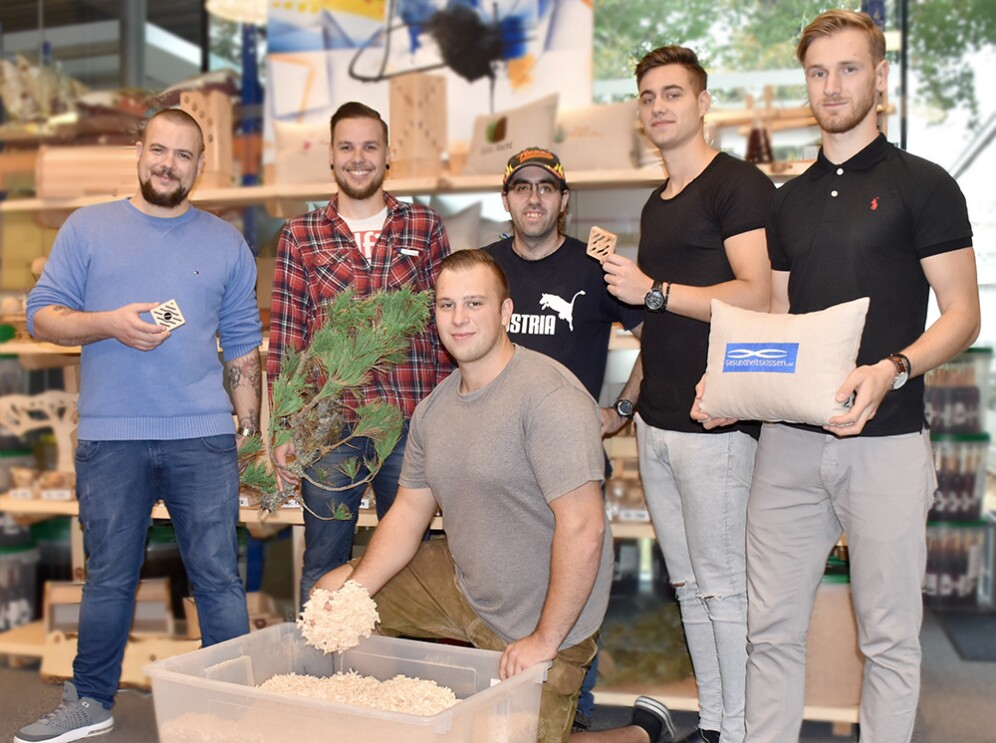
We’ve spent years creating systems and tools to help SMEs across the EU grow their sales far beyond traditional local face-to-face transactions. From 2020 to 2022, we’ve invested over €20 billion in helping European SMEs become active participants in the European Single Market and international export markets, including more than €8 billion during 2022 alone. Those investments include logistics, technology tools and services and specialised programs tailored to support SMEs. Over the last two years, we also provided free training to more than 130,000 small business entrepreneurs through our partnerships with 70 local organisations in Germany, France, Italy and Spain.
In 2022, more than 125,000 European SMEs sold more than 1.2 billion products to Amazon customers worldwide, equivalent to more than 2,200 sales every minute. Gaining access to a global customer base through Amazon has supercharged many European SMEs’ business performance. Total sales in Amazon stores by EU SMEs exceeded €30 billion in 2022. To date, more than 30,000 EU SMEs passed the €100,000 sales threshold by selling in Amazon stores and around 6,200 have achieved more than €1 million.
Many of those sales were outside the seller’s home country borders. More than 70% of all European small and medium enterprises on Amazon are now active participants in the European Single Market and regularly sell products to customers in another Member State. Total intra-EU sales by European SMEs on Amazon exceeded €9.8 billion during 2022. The top five product categories sold were homeware, health and personal care, grocery, apparel and sports equipment. In many cases, these product categories include items that are manufactured or produced by the seller directly such as a farm shop or artisanal workshop.

Amazon also supports a flourishing international export marketplace for European SMEs who are now able to reach customers thousands of kilometres beyond EU borders. More than 70,000 EU SMEs exported products internationally during 2022 – that’s more than half of all SME sellers on Amazon in the EU – achieving more than €2.5 billion in sales. The top five export markets were the US, UK, Canada, Switzerland and Japan.
Increased sales via Amazon by European SMEs has also led to the creation of new job opportunities as businesses hire new staff to help them manage growing shipment volumes. To date (and based on information supplied to Amazon by sellers themselves), EU small and medium enterprises have created more than 250,000 new jobs across the EU to support their businesses online.
Stimulating economic growth in rural areas
One of the most striking aspects of our support for SMEs is what’s happening in rural areas across the EU. In many EU Member States, rural populations have been in decline for decades with low levels of economic activity, significantly below-average levels of per-capita GDP and very few opportunities for young people who instead tend to migrate into cities.

Almost 14,000 of the EU SMEs selling in Amazon stores are based in predominantly rural areas outside cities and large towns. Across the EU, in each rural community with a population of 20,000 (typically a small country town plus surrounding villages) on average there are between two and three SMEs* supporting local jobs by selling products on Amazon to a pan-EU and global customer base.
Those rural SMEs achieved more than €3.8 billion in sales during 2022 – over 10% of total sales on Amazon by EU SMEs. That’s an average of just under €700,000 of economic value generated during 2022 within each 20,000 population rural community across the EU. For context, the economic activity in rural areas stimulated and supported by Amazon through our EU SMEs programme during 2022 is the equivalent of more than half of the rural SME competitiveness funding provided by Member State governments and the EU under the EAFRD each year**. Amazon’s role in helping local rural businesses become global sellers is making an important contribution to the reanimation of Europe’s rural communities and economies.
No business can digitalise without access to ultra-fast digital communications infrastructure. Across the EU, some of the most isolated rural communities are not yet connected to the fibre-optic and 5G networks available in larger towns and cities. Amazon has embarked upon Project Kuiper to develop a new global network of low Earth orbit (LEO) satellites that will bring fast and affordable broadband to unserved and underserved communities across Europe and worldwide. Project Kuiper is a large and complex programme that will create hundreds of new space industry suppliers and thousands of highly skilled jobs across 13 EU Member States (and the US). Project Kuiper will serve both residential and business customers, allowing rural businesses across the EU to benefit from high-speed connectivity that will transform how they operate.
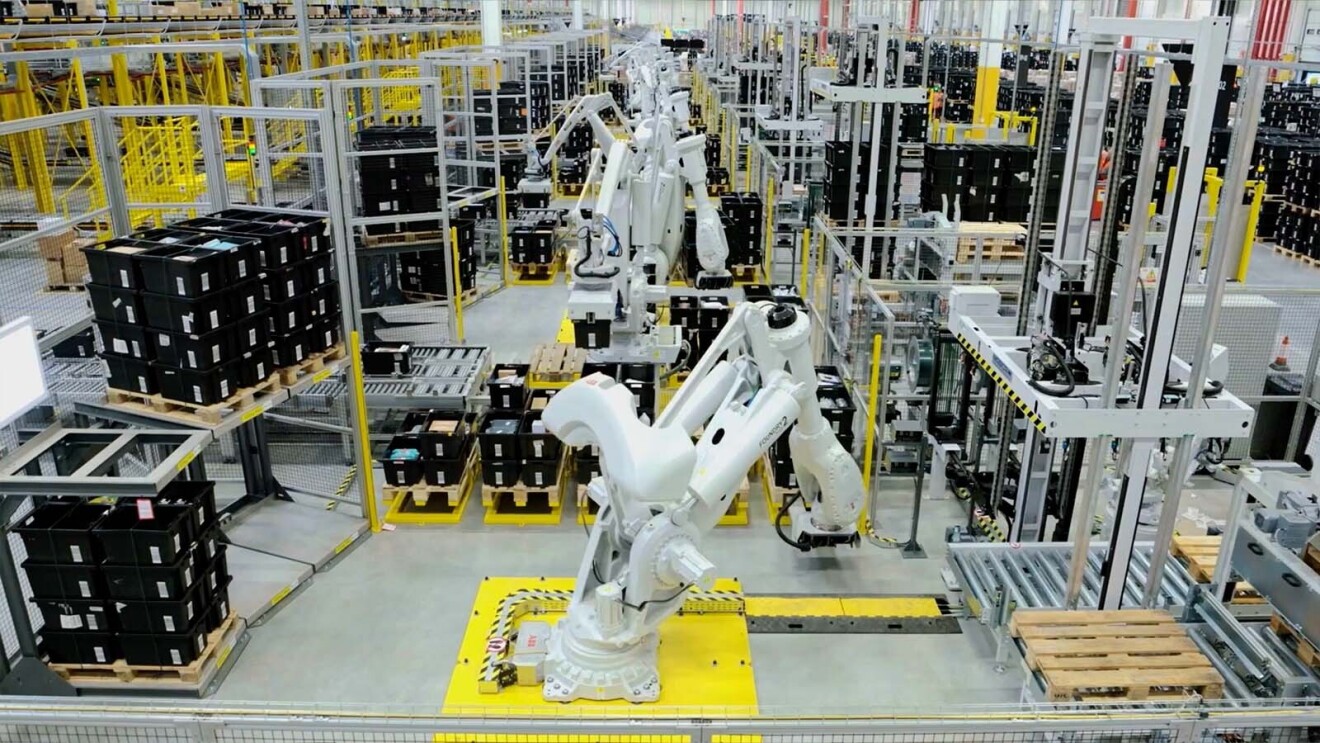
Creating employment opportunities in post-industrial areas
Many of our more than 250 logistic sites across the EU are located in post-industrial areas with higher than average levels of unemployment and below average socio-economic indicators. We have commissioned in-depth analysis to Frontier Economics about the local impact of our Fulfilment Centre (FC) network, focusing on a representative sample of specific FC locations in Germany, France, Italy and Spain plus the UK. In the longest-standing FC examined (in Saran, France) cumulative wages paid over the last decade run to more than €700 million – a significant economic contribution at a local community level.
Each FC examined employs an average of 1,500 people; in one location (Torrazza Piemonte in Italy), the FC accounts for almost one in six of all jobs available within the local municipality. Each FC also supports an average of 250 additional jobs among supplier and partner firms in the local area. Most significantly, more than 50% of people working in the FCs analysed had been unemployed before joining Amazon, including 71% of people recruited at the FC in Illescas in Spain. Amazon FC employees include a significant number of people who have never previously been employed anywhere. Around 18% of employees at the Saran FC in France and the Illescas FC in Spain were entering the world of work for the first time when they joined Amazon.
*Eurostat: the proportion of the EU population living in rural areas is 25.2%, therefore approximately 113 million people. If that total population is divided into localised subsets each with a population of 20,000 people, there are 5,650 such subsets across the EU. There are 14,000 EU SME sellers on Amazon who are located in rural areas, therefore an average of 2.47 sellers for each rural population centre with 20,000 people.
Source: https://ec.europa.eu/eurostat/statistics-explained/index.php?title=Urban-rural_Europe_-_introduction
**Over the 2014-2020 period, rural development programmes co-financed by Member State governments and the EU under the European Agricultural Fund for Rural Development (EAFRD) included approximately €43.4 billion of support for rural SME competitiveness. That’s an average of €7.2 billion per year over six years, and equates to around €1.3 million of support for small and medium enterprises within each 20,000 population rural community every year.
Source: https://agriculture.ec.europa.eu/common-agricultural-policy/financing-cap/cap-funds_en#eafrd



